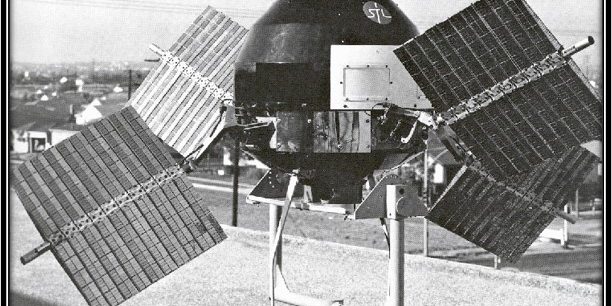On This Day in Aviation History-Explorer 6
Contributor: Barry Fetzer
Sources: History.com, Alchetron.com
In 1959, some of us were but a glimmer in our old man’s eye. Others were still far from even that glimmer and far from making their arrival known to us. Some of us (like me) were six-year-old kids playing in the streets when free-range kids still did that. Some of us were young adults making our way in the world.
But regardless of where we were in our life’s journey, on this day in 1959 from the Atlantic Missile Range in Cape Canaveral, Florida and according to History.com, “the U.S. unmanned spacecraft Explorer 6 was launched into an orbit around the earth. The spacecraft, commonly known as the “Paddlewheel” satellite, featured a photocell scanner that transmitted a crude picture of the earth’s surface and cloud cover from a distance of 17,000 miles. The photo, received in Hawaii, took nearly 40 minutes to transmit.

“Explorer 6, or S-2, was an American satellite launched on August 7, 1959. It was a small, spheroidal satellite designed to study trapped radiation of various energies, galactic cosmic rays, geomagnetism, radio propagation in the upper atmosphere, and the flux of micrometeorites. It also tested a scanning device designed for photographing the Earth’s cloud cover, and transmitted the first pictures of Earth from orbit.” Photo and caption courtesy of https://alchetron.com/Explorer-6

Earth from Explorer 6. Photo courtesy of https://alchetron.com/Explorer-6
“Released by NASA in September, the first photograph ever taken of the earth by a U.S. satellite depicted a crescent shape of part of the planet in sunlight. It was Mexico, captured by Explorer 6 as it raced westward over the earth at speeds in excess of 20,000 miles an hour.”
Onward and upward!
Sources: https://history.com and https://alchetron.com/Explorer-6.







